Home>Gardening & Outdoor>Landscaping Ideas>When To Plant Grass In Northern California
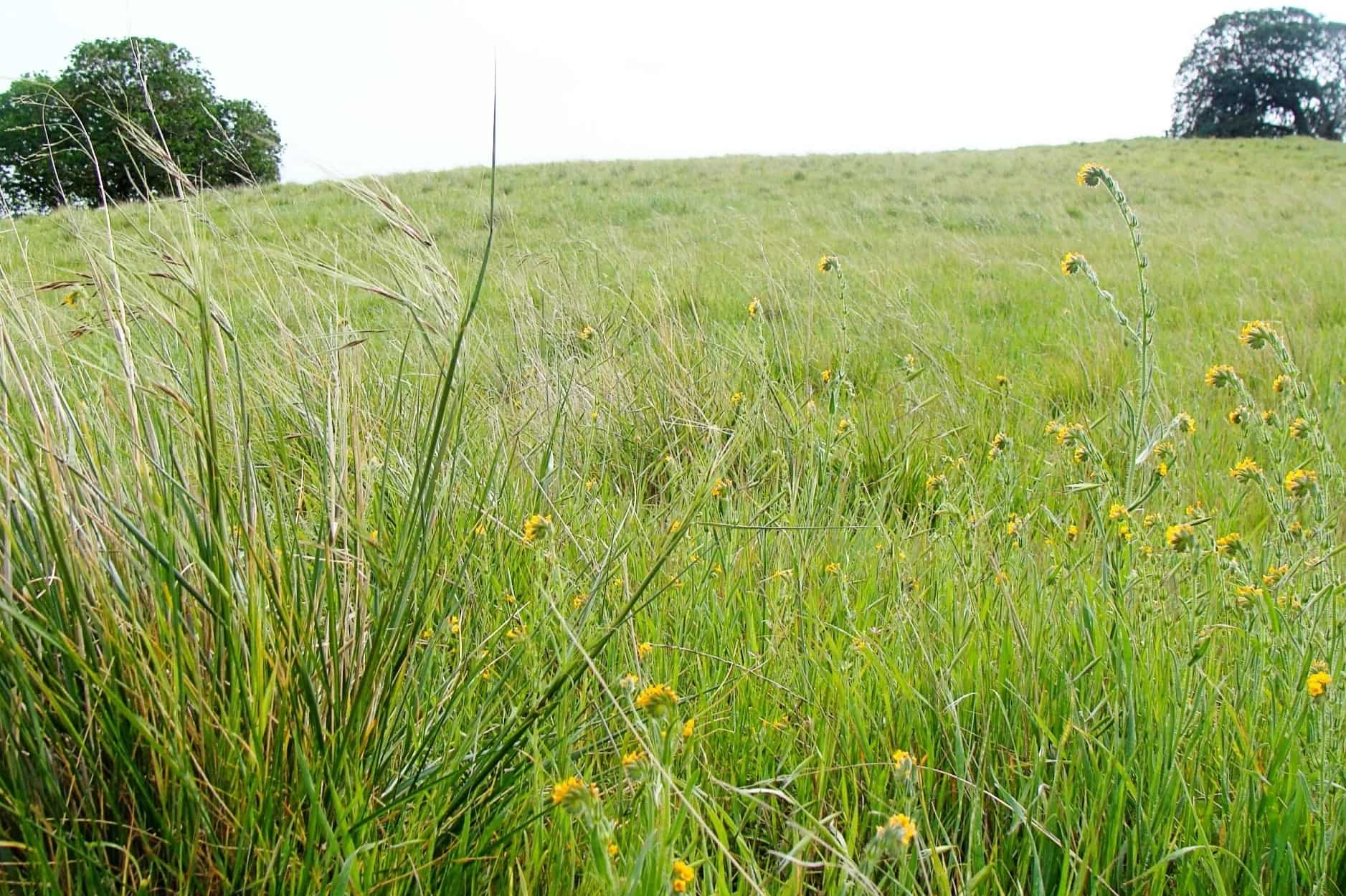

Landscaping Ideas
When To Plant Grass In Northern California
Modified: October 18, 2024
Discover the best times for planting grass in Northern California with our expert landscaping ideas. Learn how to achieve a lush, vibrant lawn in your region.
(Many of the links in this article redirect to a specific reviewed product. Your purchase of these products through affiliate links helps to generate commission for Storables.com, at no extra cost. Learn more)
Introduction
Welcome to the lush landscapes of Northern California, where the diverse climate and stunning natural beauty create a perfect canvas for landscaping. Whether you’re a homeowner looking to revitalize your yard or a landscaping enthusiast seeking to transform outdoor spaces, planting grass can significantly enhance the visual appeal and functionality of any property. However, achieving a vibrant and thriving lawn in Northern California requires careful consideration of the region’s unique climate and soil conditions.
In this comprehensive guide, we will explore the best practices for planting grass in Northern California, shedding light on the optimal timing, soil preparation, seed selection, and ongoing care required to establish a resilient and verdant lawn. By understanding the nuances of Northern California’s climate and implementing the right strategies, you can create a stunning outdoor oasis that flourishes throughout the seasons.
So, let’s delve into the intricacies of Northern California’s climate, identify the best time for planting grass, and uncover the essential steps for nurturing a healthy and vibrant lawn in this captivating region.
Key Takeaways:
- Timing is crucial for planting grass in Northern California, with cool-season grasses best planted in early fall to early spring, and warm-season grasses thriving when planted in late spring to early summer.
- Proper soil preparation and selecting the right grass seed varieties tailored to the region’s climate are essential for establishing a resilient and visually appealing lawn in Northern California.
Read more: When To Plant California Native Plants
Understanding Northern California Climate
Northern California boasts a diverse climate influenced by its varied topography, proximity to the Pacific Ocean, and the presence of microclimates. From the temperate coastal regions to the more continental climate of the inland valleys and mountainous areas, this region experiences distinct seasonal patterns that impact the successful cultivation of grass.
Coastal areas, including cities such as San Francisco and Santa Cruz, are characterized by mild, wet winters and dry summers. The coastal influence moderates temperature extremes, creating favorable conditions for cool-season grasses such as fescue and ryegrass. In contrast, inland valleys, including the Sacramento and San Joaquin Valleys, endure hot, dry summers and cold, wet winters. These conditions are conducive to warm-season grasses like Bermuda and buffalo grass, which thrive in the intense summer heat and exhibit dormancy during the cooler months.
Furthermore, the Sierra Nevada mountain range and its foothills experience a mountainous climate, with colder temperatures and significant seasonal variations. This diverse climate mosaic necessitates a nuanced approach to grass planting, taking into account the specific microclimate of each location.
Understanding the distinct climate zones within Northern California is crucial for selecting the most suitable grass species and determining the optimal timing for planting. By aligning your landscaping efforts with the unique climatic characteristics of your area, you can maximize the likelihood of establishing a resilient and visually appealing lawn that harmonizes with the natural environment.
Best Time to Plant Grass in Northern California
Timing plays a pivotal role in the success of grass planting in Northern California, as it directly correlates with the region’s climatic nuances and seasonal variations. The optimal timing for planting grass hinges on the specific type of grass—cool-season or warm-season—as well as the prevailing weather conditions in different parts of Northern California.
For coastal areas and other regions influenced by the marine climate, the prime window for planting cool-season grasses spans from early fall to early spring. This timeframe capitalizes on the mild temperatures and increased moisture characteristic of the cooler months, providing an ideal environment for grass seed germination and establishment. In contrast, warm-season grasses thrive when planted in late spring to early summer, coinciding with the onset of warmer weather and ample sunlight.
In the inland valleys and mountainous areas, where summers are hot and dry, the best time to plant warm-season grasses aligns with the period of peak warmth and sunlight, typically from late spring to early summer. Cool-season grasses, on the other hand, are best planted in early fall, allowing them to take root and develop before the onset of winter dormancy.
It’s important to consider the specific microclimate of your location, including factors such as elevation, proximity to the coast, and exposure to prevailing winds, as these elements can influence the local climate and impact the timing of grass planting. By leveraging a nuanced understanding of Northern California’s climate and tailoring your planting schedule to align with the seasonal rhythms, you can optimize the chances of establishing a resilient and visually captivating lawn.
Next, we’ll delve into the crucial steps for preparing the soil to create an optimal environment for grass growth.
Preparing the Soil for Planting
The foundation for a healthy and vibrant lawn in Northern California begins with the soil. Given the region’s diverse climate and soil compositions, proper soil preparation is essential to create an optimal environment for grass growth and development. Whether you’re revitalizing an existing lawn or establishing a new one, the following steps will guide you through the process of soil preparation:
- Assess Soil Composition: Conduct a thorough analysis of your soil to determine its composition, pH levels, and nutrient content. Northern California’s soils vary widely, from the sandy loams of coastal regions to the clay-rich soils of the inland valleys. Understanding your soil’s characteristics will inform the necessary amendments and treatments.
- Aerate the Soil: In regions with compacted soil, aeration is crucial to improve water and nutrient penetration. Core aeration, which involves removing small plugs of soil, promotes better air circulation and root development, fostering a healthier lawn.
- Address Soil pH and Nutrient Levels: Based on the soil analysis, adjust the pH levels and supplement any deficient nutrients. Adding lime to raise pH or elemental sulfur to lower it can optimize the soil’s acidity, while incorporating organic matter such as compost enhances nutrient availability and soil structure.
- Level the Surface: Smooth out the soil surface to create a uniform base for planting. Fill in low areas and gently slope the soil away from buildings to facilitate proper drainage and prevent waterlogging.
- Apply Starter Fertilizer: Prior to planting grass seed, apply a high-phosphorus starter fertilizer to promote robust root development and seedling establishment. This initial boost of nutrients sets the stage for healthy grass growth.
By diligently preparing the soil according to its specific needs, you can lay the groundwork for a thriving lawn that withstands the challenges of Northern California’s climate. The next crucial step in the grass planting process involves selecting the right grass seed varieties tailored to the region’s unique conditions.
The best time to plant grass in Northern California is during the fall months, typically from mid-September to mid-October. This allows the grass to establish strong roots before the hot and dry summer months.
Choosing the Right Grass Seed
Selecting the appropriate grass seed varieties is a pivotal decision that directly influences the success and resilience of your lawn in Northern California. The region’s diverse climate and microclimates necessitate careful consideration of grass species and cultivars suited to the specific conditions of your location. When choosing grass seed, the following factors should guide your selection:
- Climate Adaptability: Consider the climate zone of your area—whether it’s the mild coastal regions, the hot inland valleys, or the mountainous areas—and choose grass species that thrive in those conditions. Cool-season grasses like fescue, ryegrass, and bluegrass are well-suited to coastal climates, while warm-season grasses such as Bermuda, buffalo grass, and zoysia excel in hotter, drier environments.
- Drought Tolerance: Given Northern California’s periodic drought conditions, prioritize grass varieties known for their drought resistance. Drought-tolerant grasses can withstand water scarcity and exhibit greater resilience during dry spells, contributing to water conservation efforts and long-term lawn sustainability.
- Traffic Tolerance: Assess the intended use of the lawn, whether it’s a high-traffic backyard, a decorative front yard, or a recreational space. Choose grass cultivars with the appropriate traffic tolerance to ensure durability and longevity in the face of foot traffic and recreational activities.
- Shade Adaptability: If your lawn features shaded areas due to trees or structures, opt for shade-tolerant grass species that thrive in reduced sunlight. Understanding the shade tolerance of different grass varieties is crucial for achieving uniform coverage and vitality across the entire lawn.
- Maintenance Requirements: Evaluate the maintenance demands of various grass types, including mowing frequency, fertilization needs, and disease resistance. Select grass seed varieties that align with your desired level of maintenance involvement, whether you prefer a low-maintenance lawn or are willing to invest more effort in upkeep for specific aesthetic or functional benefits.
By carefully considering these factors and selecting grass seed varieties tailored to the unique characteristics of Northern California’s climate and your lawn’s specific requirements, you can lay the groundwork for a resilient, visually appealing, and sustainable lawn. The next step involves the actual planting and ongoing care of the grass to ensure its successful establishment and long-term vitality.
Read more: When To Plant Wildflower Seeds In California
Planting and Caring for Grass
Planting and nurturing grass in Northern California requires a strategic approach that encompasses proper planting techniques, diligent watering, and ongoing maintenance to foster a lush and resilient lawn. Whether you’re sowing grass seed or installing sod, the following guidelines will help you establish and care for your lawn with success:
- Planting Methods: When planting grass seed, ensure even distribution by using a broadcast spreader or mechanical seeder. Apply seeds at the recommended rate and use a lawn roller to press them into the soil for optimal soil-to-seed contact. For sod installation, lay the rolls in a staggered pattern, pressing them firmly together to eliminate gaps and air pockets.
- Watering Regimen: After planting, maintain consistent soil moisture to support seed germination or sod establishment. Water lightly and frequently to keep the soil surface moist, avoiding excessive saturation that can lead to runoff or waterlogging. As the grass develops, gradually transition to deeper, less frequent watering to encourage robust root growth.
- Mowing Practices: Once the grass reaches a recommended height, begin mowing to promote denser growth and a well-manicured appearance. Adjust your mower to the appropriate cutting height for the grass species you’ve planted, ensuring that you never remove more than one-third of the grass blade length in a single mowing session.
- Fertilization and Weed Control: Implement a fertilization schedule tailored to your grass type and the specific nutrient needs of your soil. Additionally, address weed infestations promptly through targeted herbicide application or manual removal to prevent competition for resources and maintain the integrity of your lawn.
- Aeration and Overseeding: Periodic core aeration and overseeding rejuvenate the lawn by alleviating soil compaction and introducing new grass seed to fill in thin or bare areas. These practices promote a healthy, dense turf and mitigate the impact of environmental stressors on the grass.
By adhering to these guidelines and consistently tending to your lawn’s needs, you can foster the development of a robust and visually captivating grass landscape that thrives in Northern California’s dynamic climate. With proper planting and ongoing care, your lawn can become a verdant sanctuary that enhances the beauty and functionality of your outdoor spaces.
Conclusion
As we conclude this exploration of planting grass in Northern California, it’s evident that the region’s diverse climate and microclimates necessitate a tailored approach to lawn establishment and maintenance. By understanding the climate nuances, selecting the right grass seed varieties, and implementing best practices for soil preparation, planting, and ongoing care, homeowners and landscaping enthusiasts can create thriving and visually captivating lawns that harmonize with the natural environment.
The optimal timing for planting grass in Northern California varies based on the type of grass—cool-season or warm-season—and the specific climatic conditions of each location. Coastal areas with mild, wet winters are conducive to cool-season grasses, while the hot, dry summers of inland valleys favor warm-season varieties. By aligning the planting schedule with the seasonal rhythms, individuals can maximize the likelihood of establishing resilient and vibrant lawns that endure throughout the year.
Furthermore, diligent soil preparation, including soil assessment, aeration, pH adjustment, and leveling, sets the stage for successful grass growth. Choosing the right grass seed varieties tailored to the region’s climate, drought tolerance, traffic resilience, and maintenance requirements is crucial for creating a sustainable and visually appealing lawn. Once planted, diligent care, including proper watering, mowing, fertilization, and weed control, ensures the long-term vitality and beauty of the grass landscape.
Ultimately, the process of planting and caring for grass in Northern California is a harmonious blend of environmental stewardship, horticultural knowledge, and the joy of cultivating vibrant outdoor spaces. By embracing the region’s climatic diversity and leveraging tailored approaches to lawn care, individuals can transform their outdoor environments into lush and inviting retreats that enrich their lives and the surrounding ecosystem.
With these insights and best practices in mind, you are well-equipped to embark on a journey of creating a stunning and resilient grass landscape that thrives amidst the captivating backdrop of Northern California’s natural beauty.
Frequently Asked Questions about When To Plant Grass In Northern California
Was this page helpful?
At Storables.com, we guarantee accurate and reliable information. Our content, validated by Expert Board Contributors, is crafted following stringent Editorial Policies. We're committed to providing you with well-researched, expert-backed insights for all your informational needs.
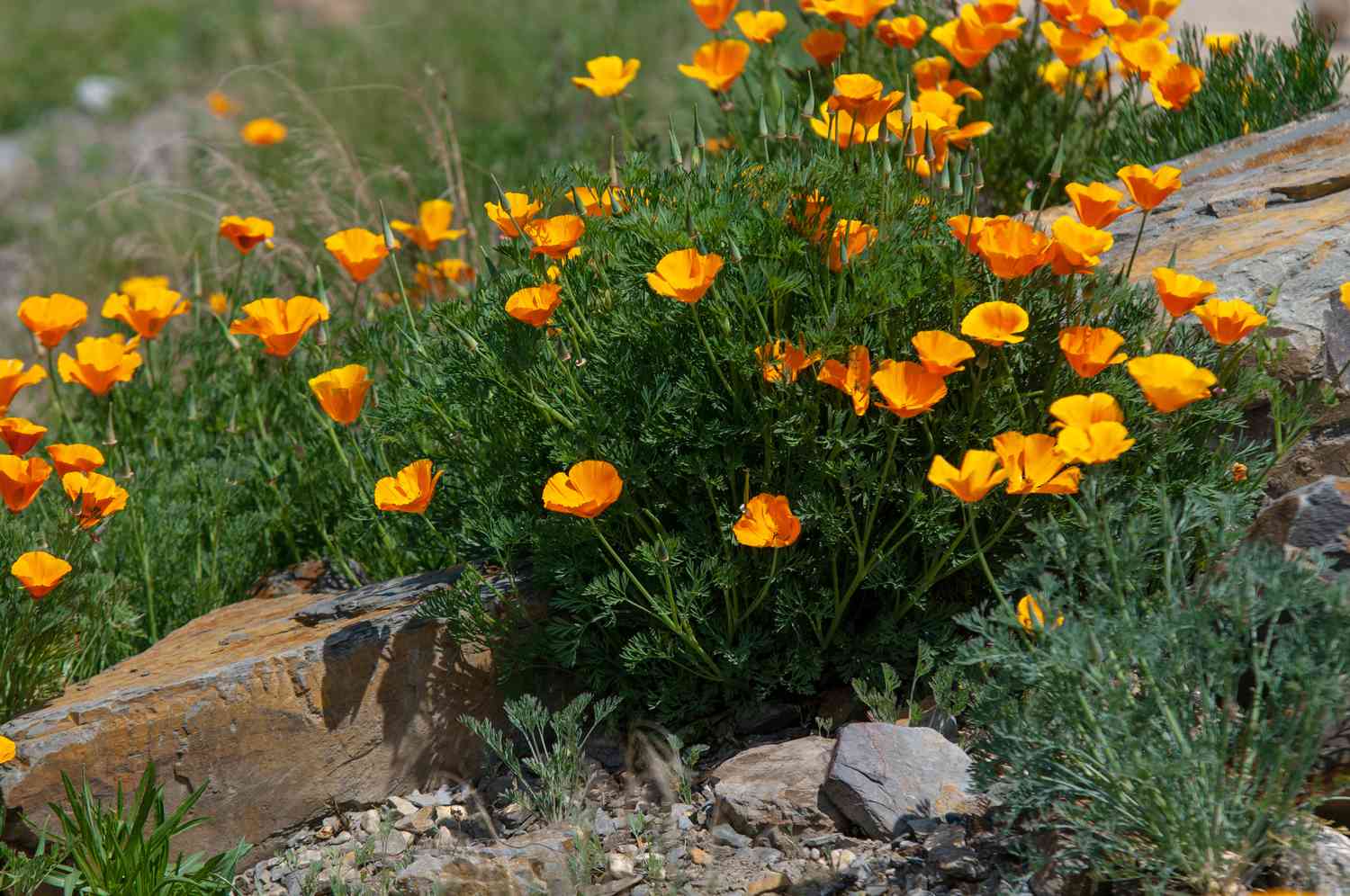
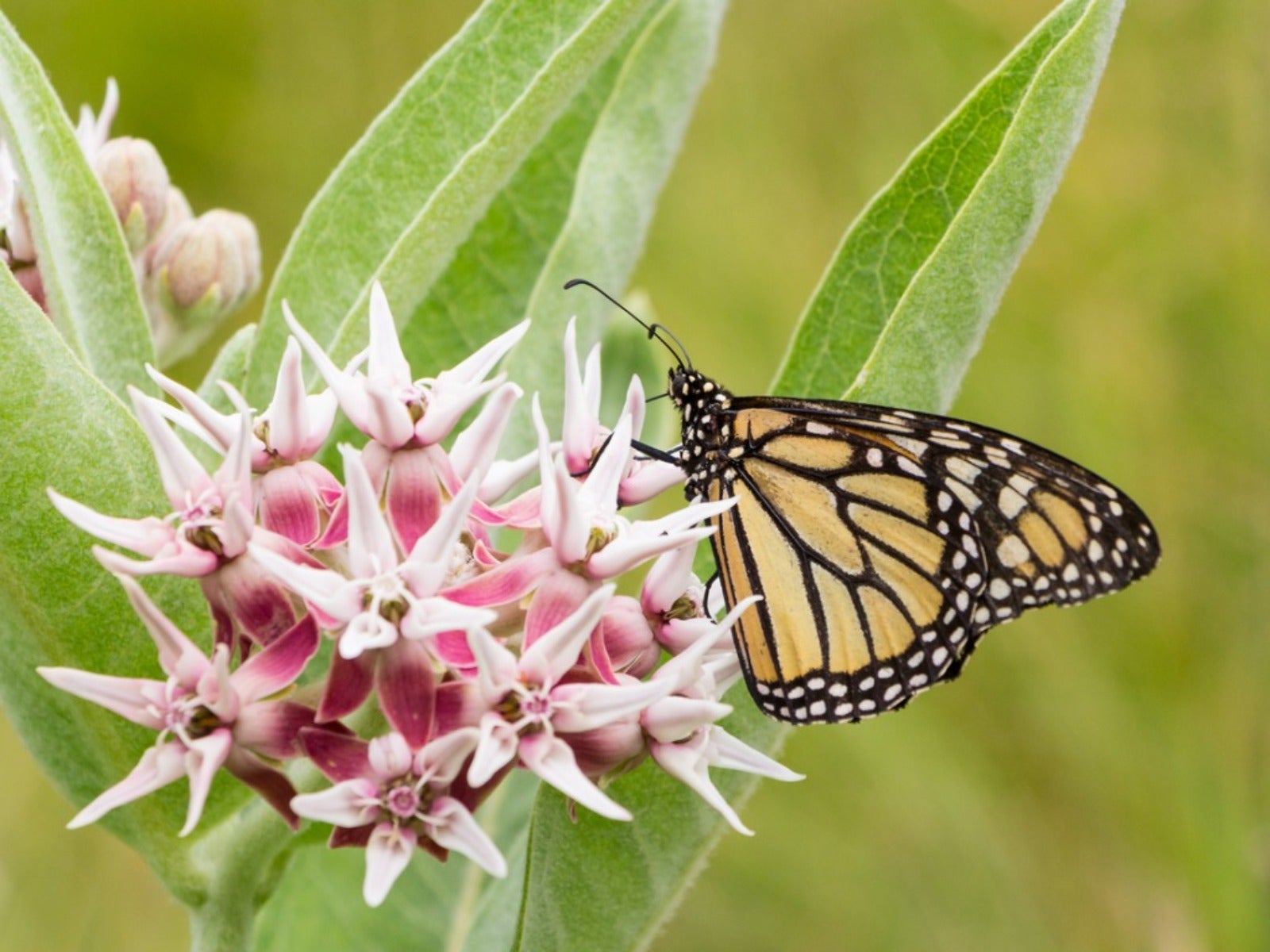
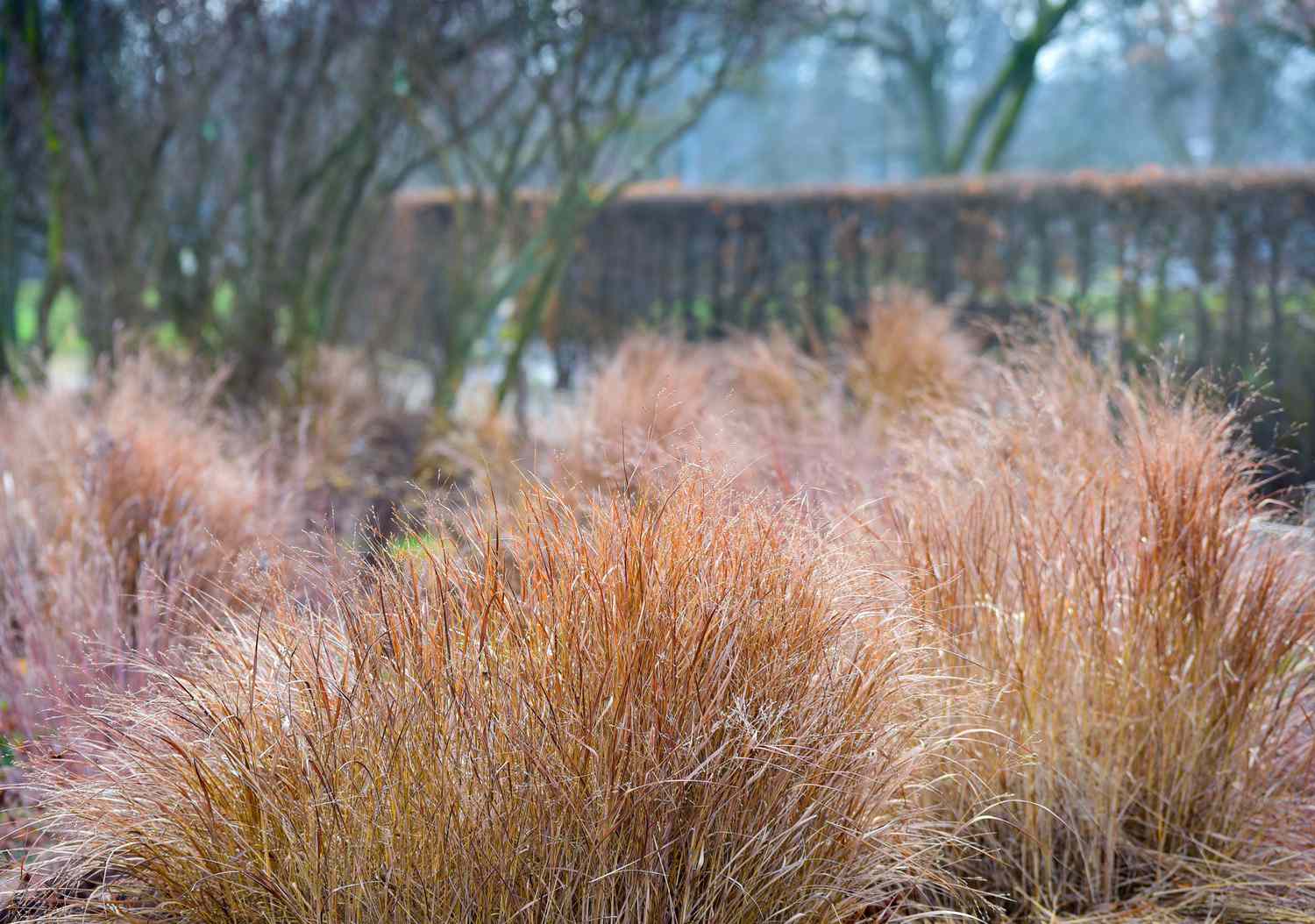
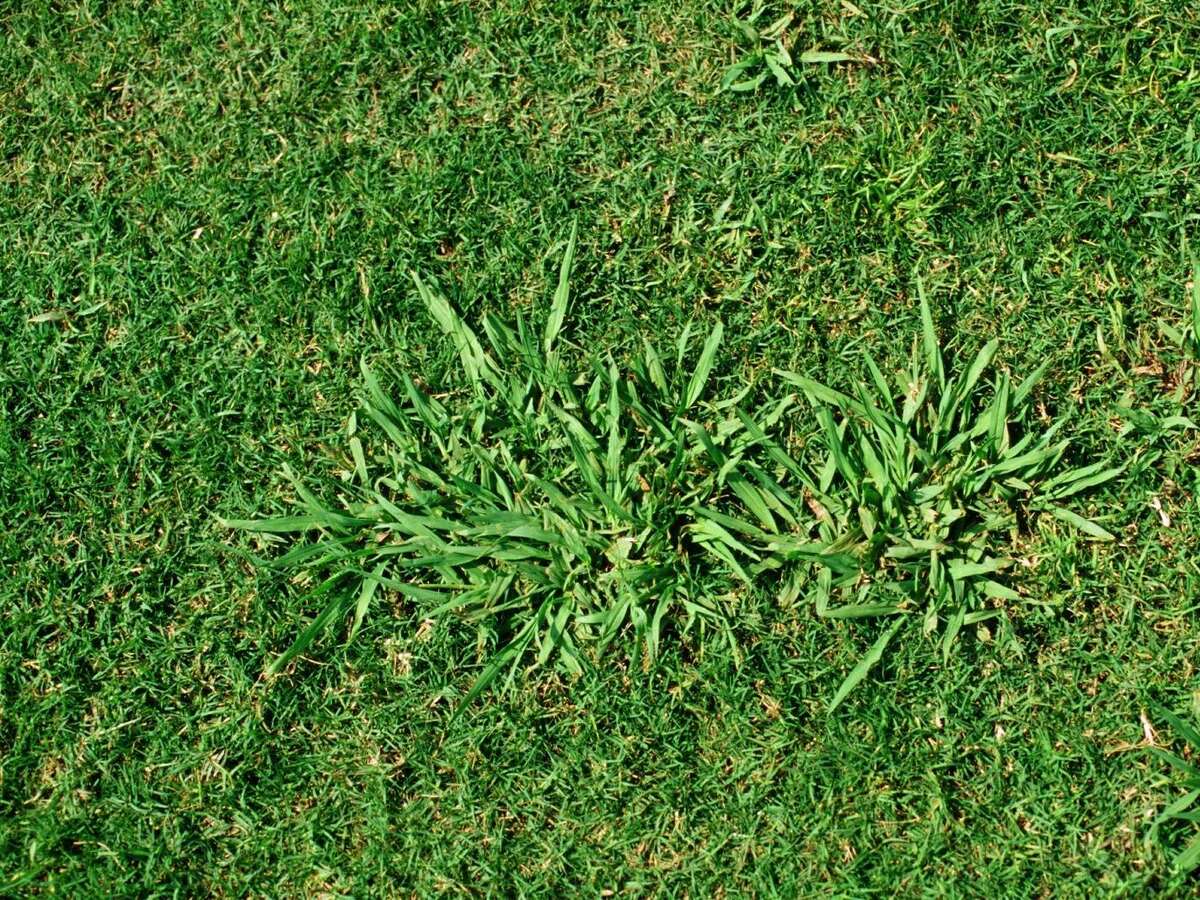
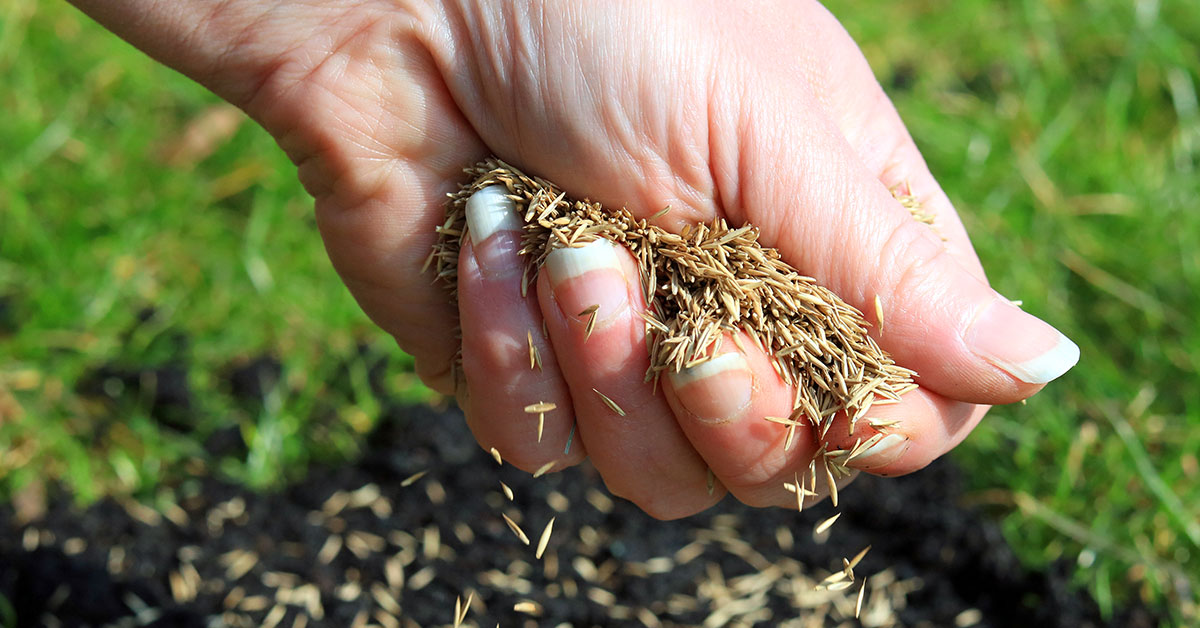
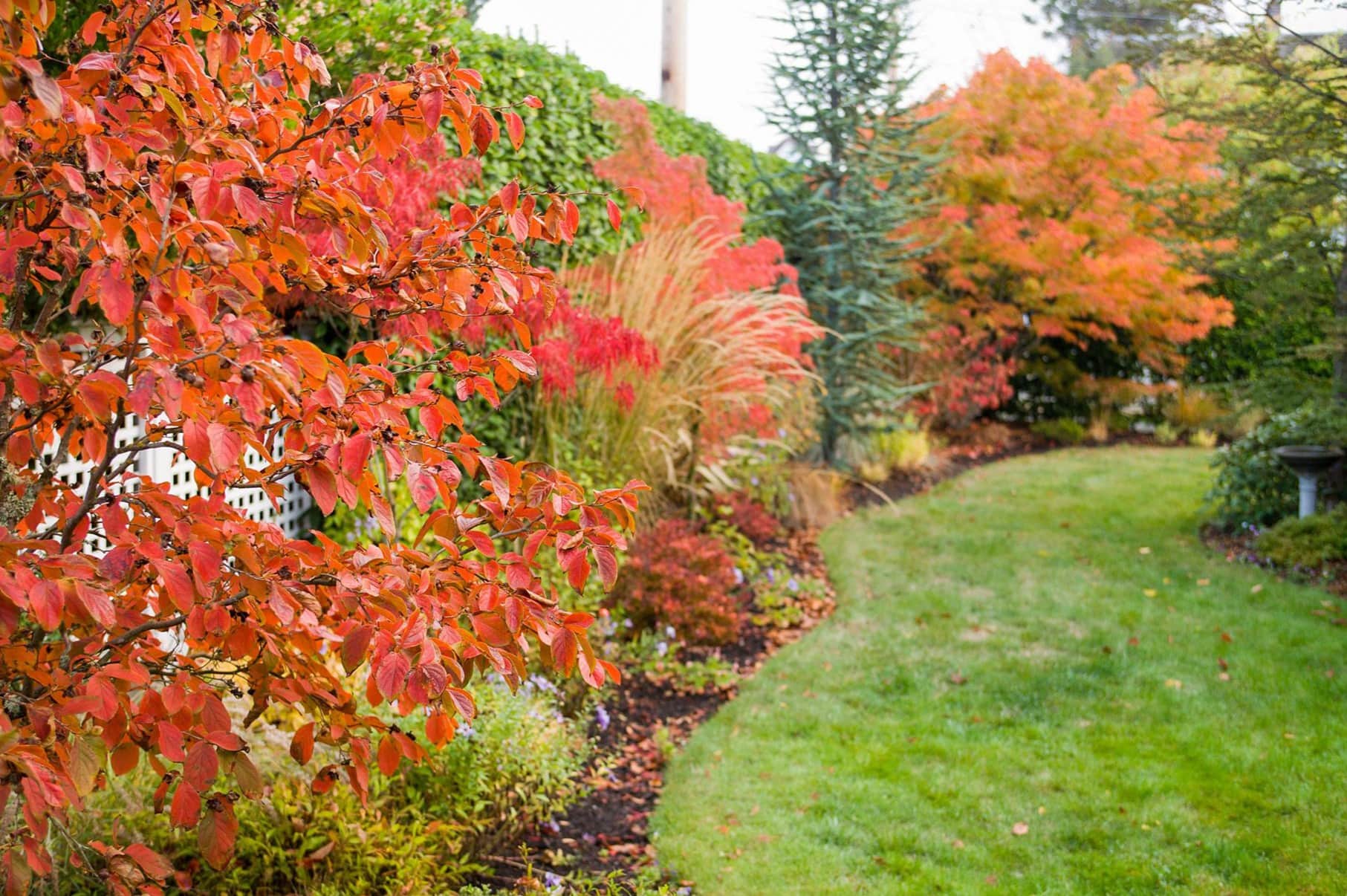
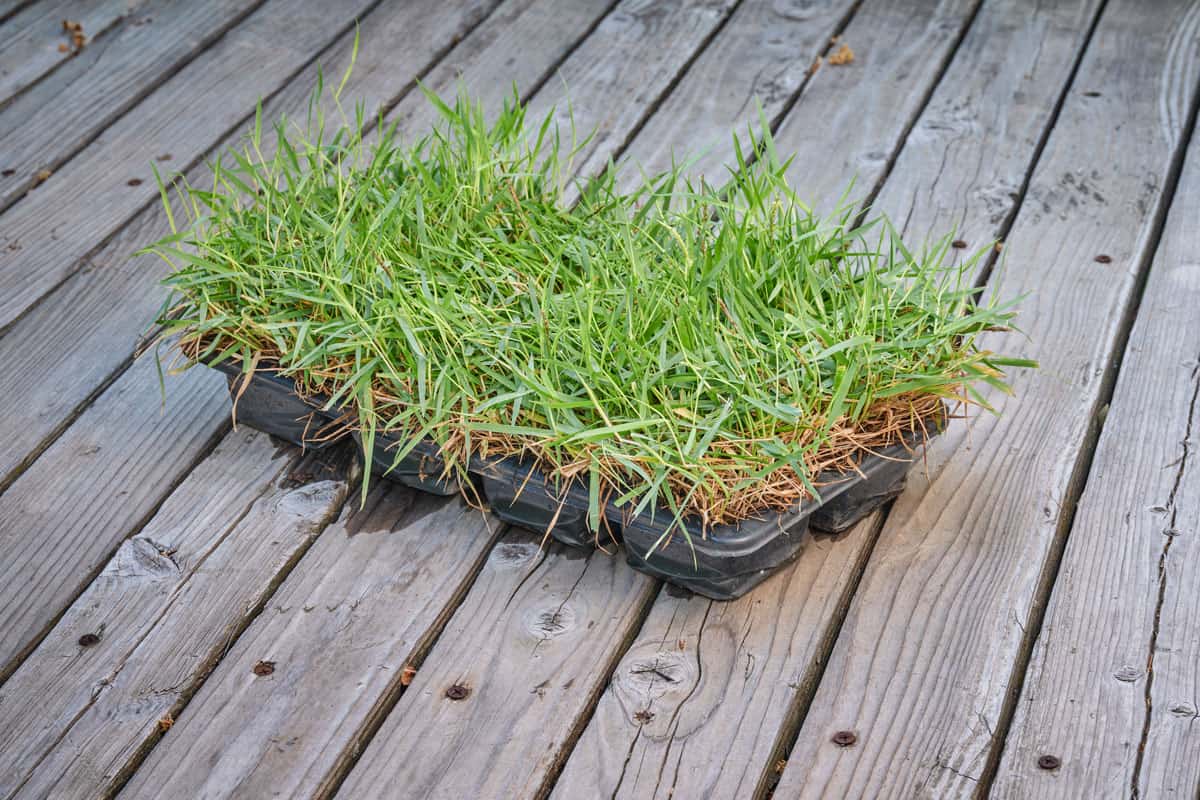
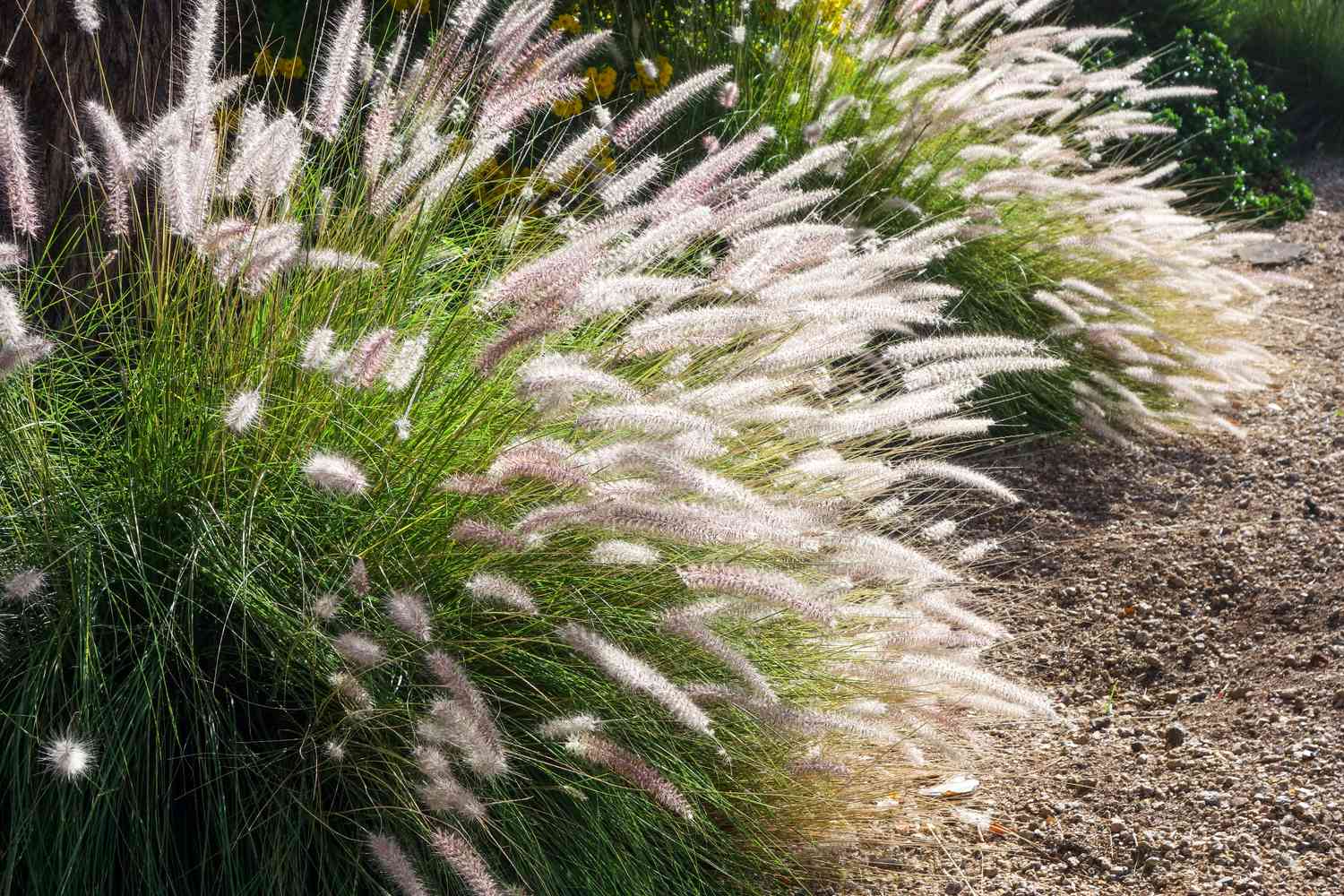
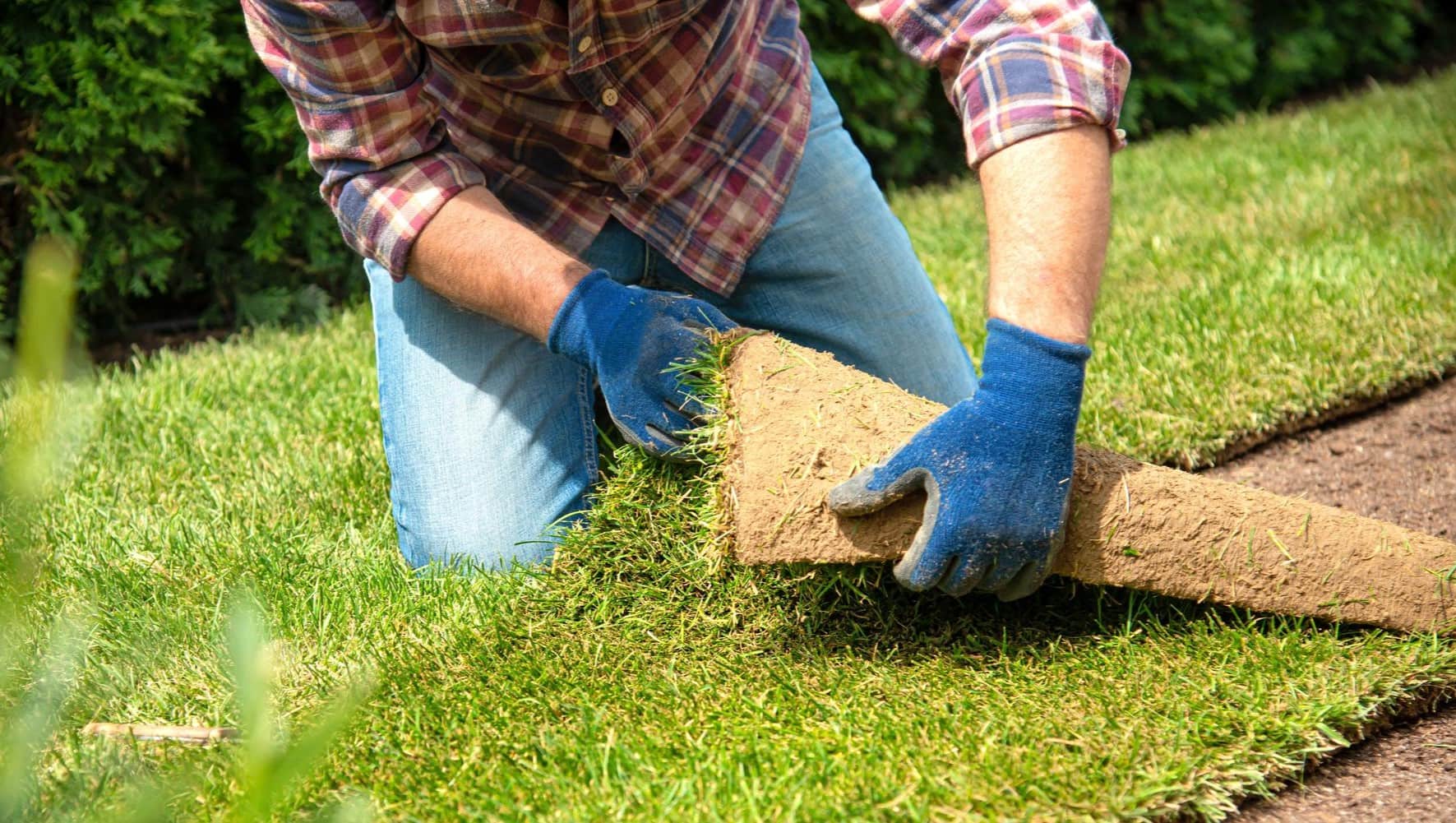
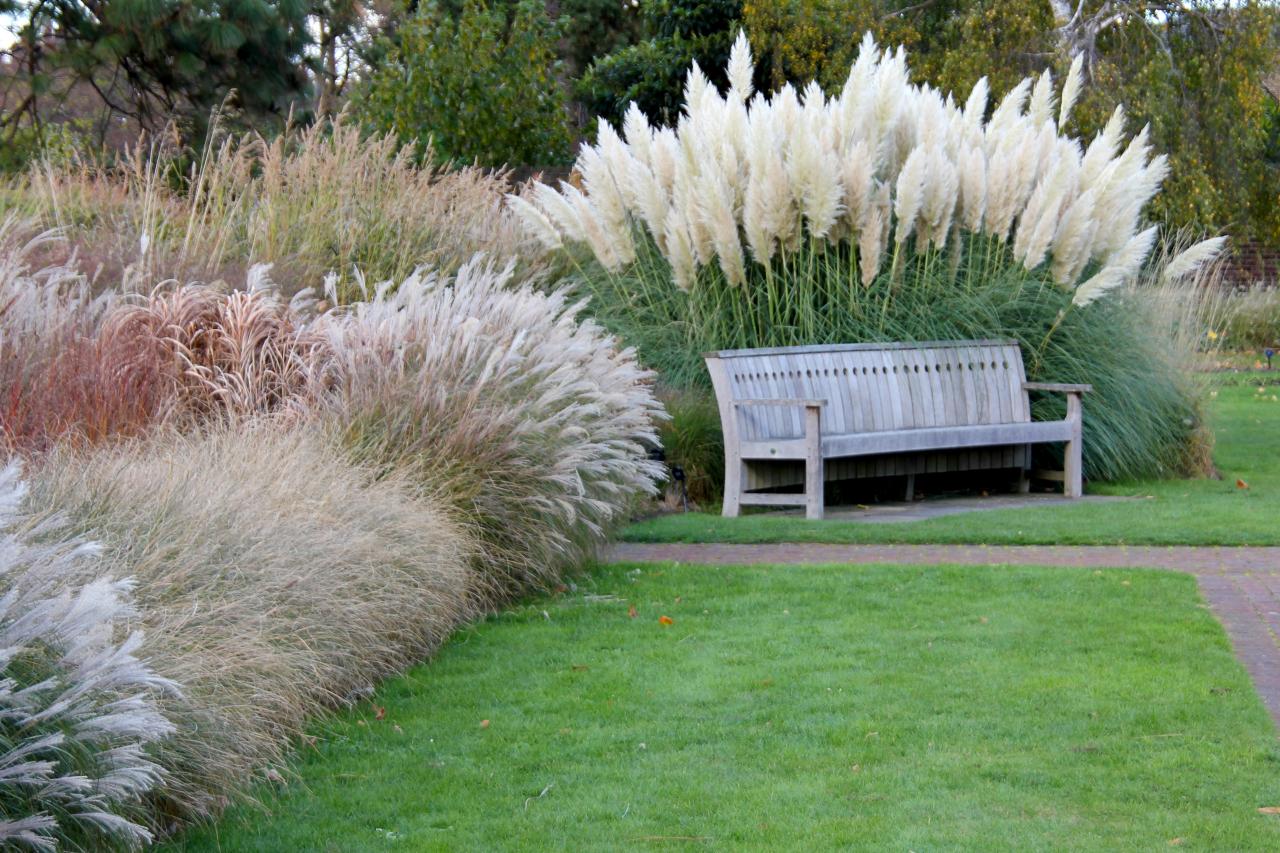
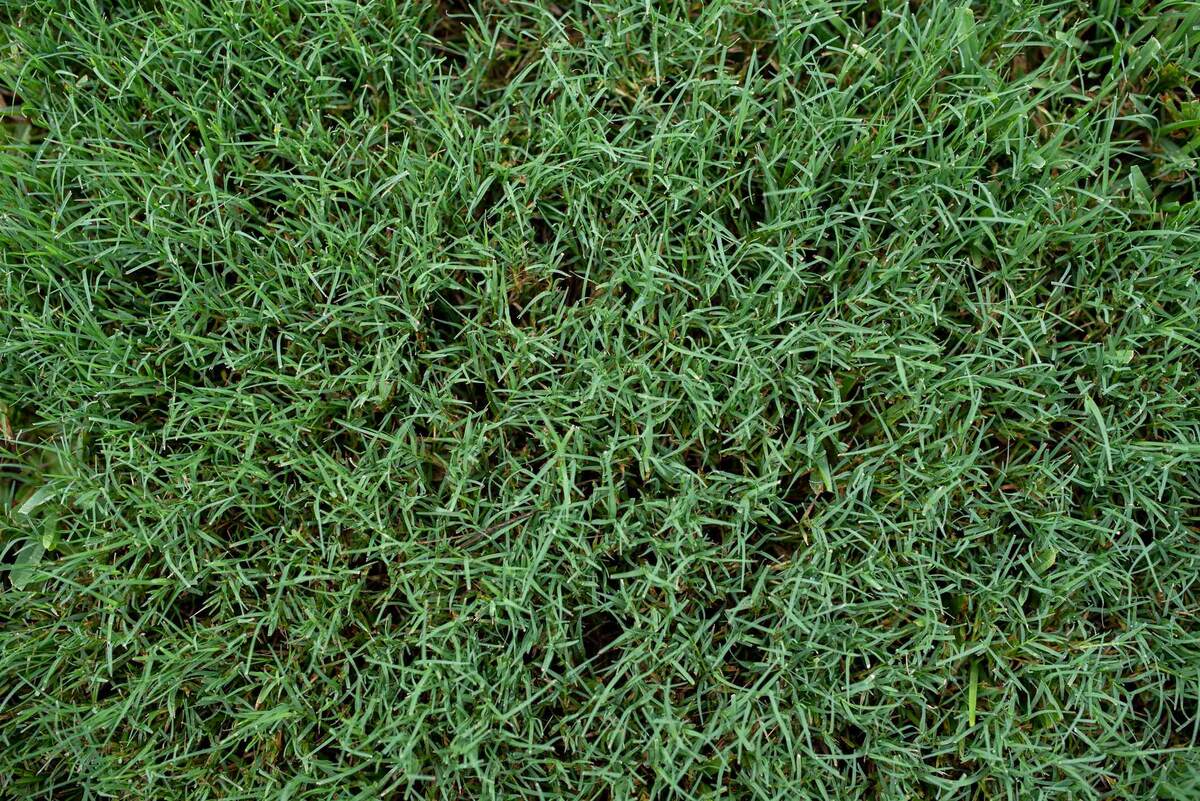

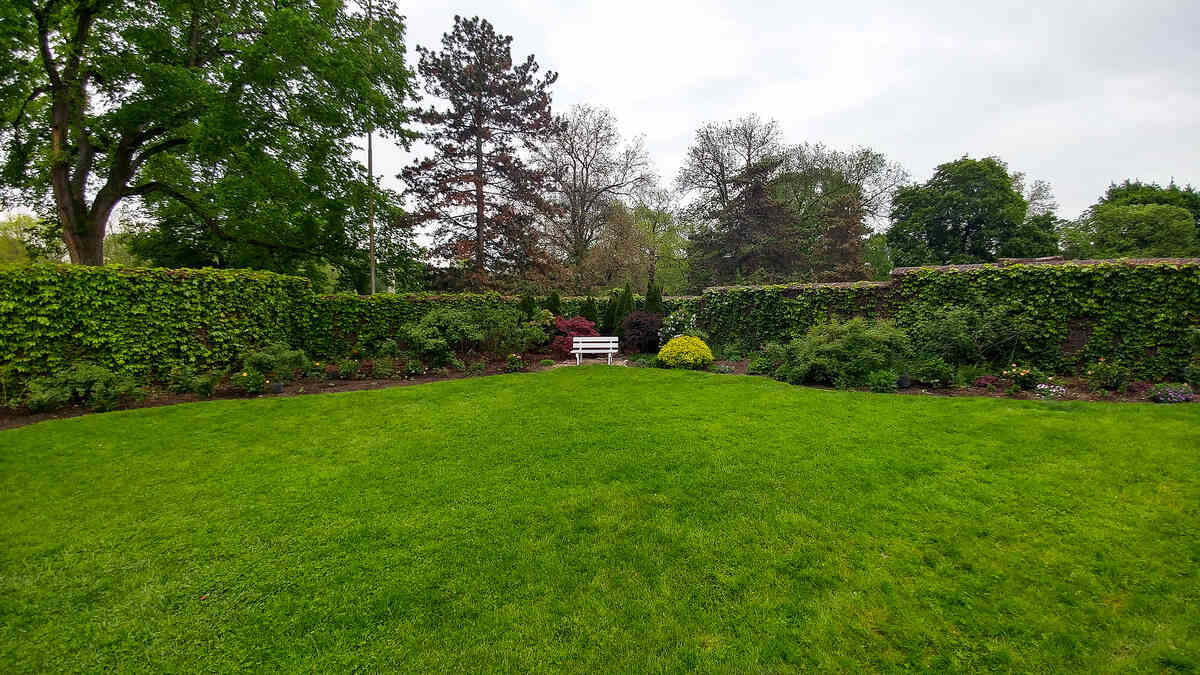
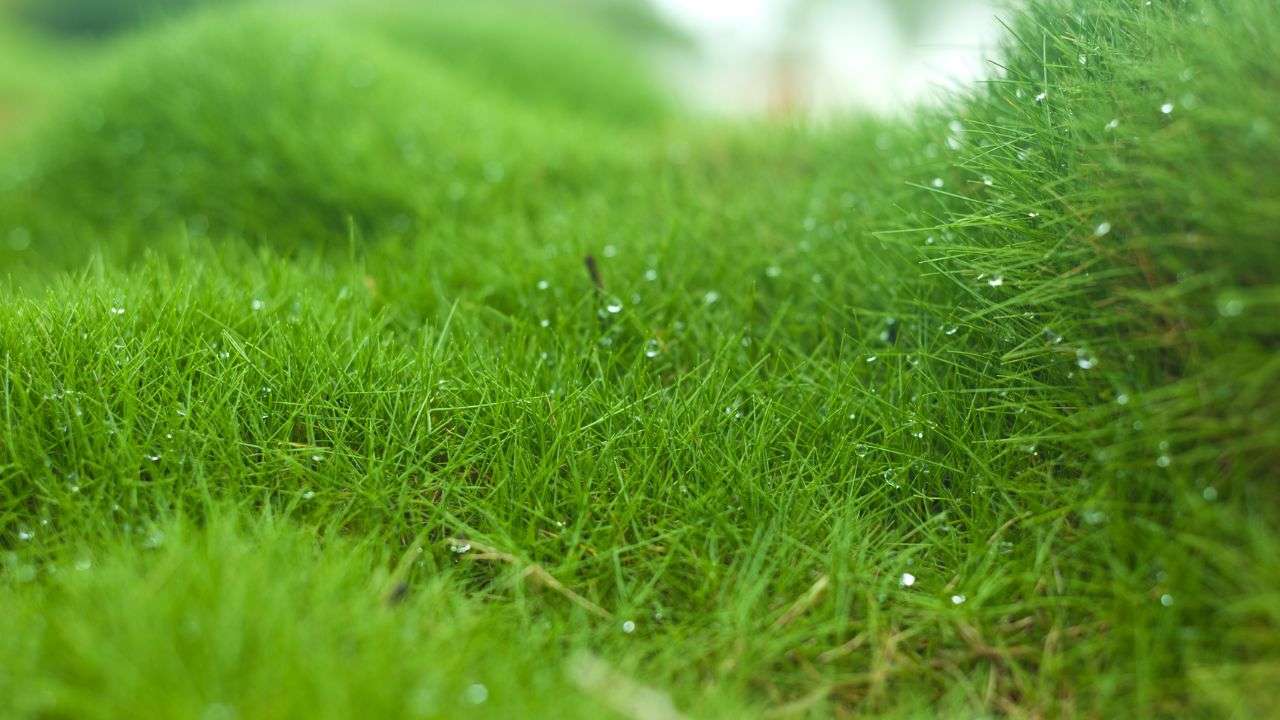

0 thoughts on “When To Plant Grass In Northern California”